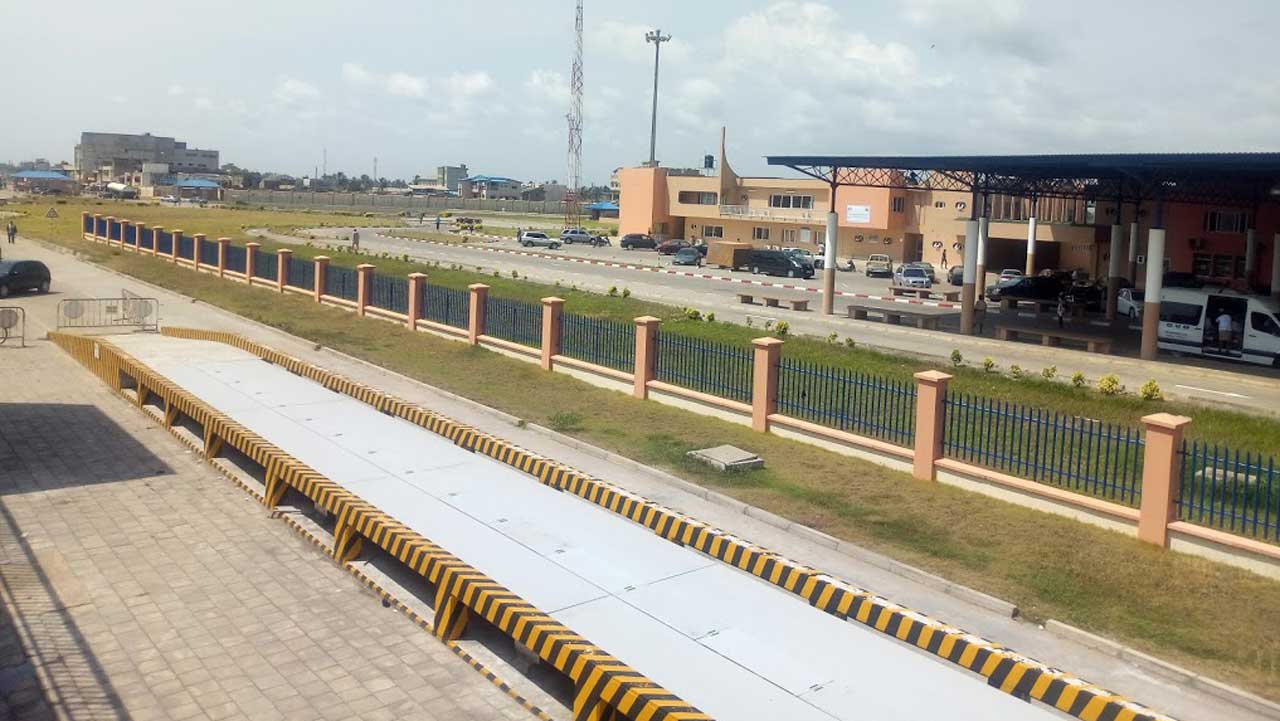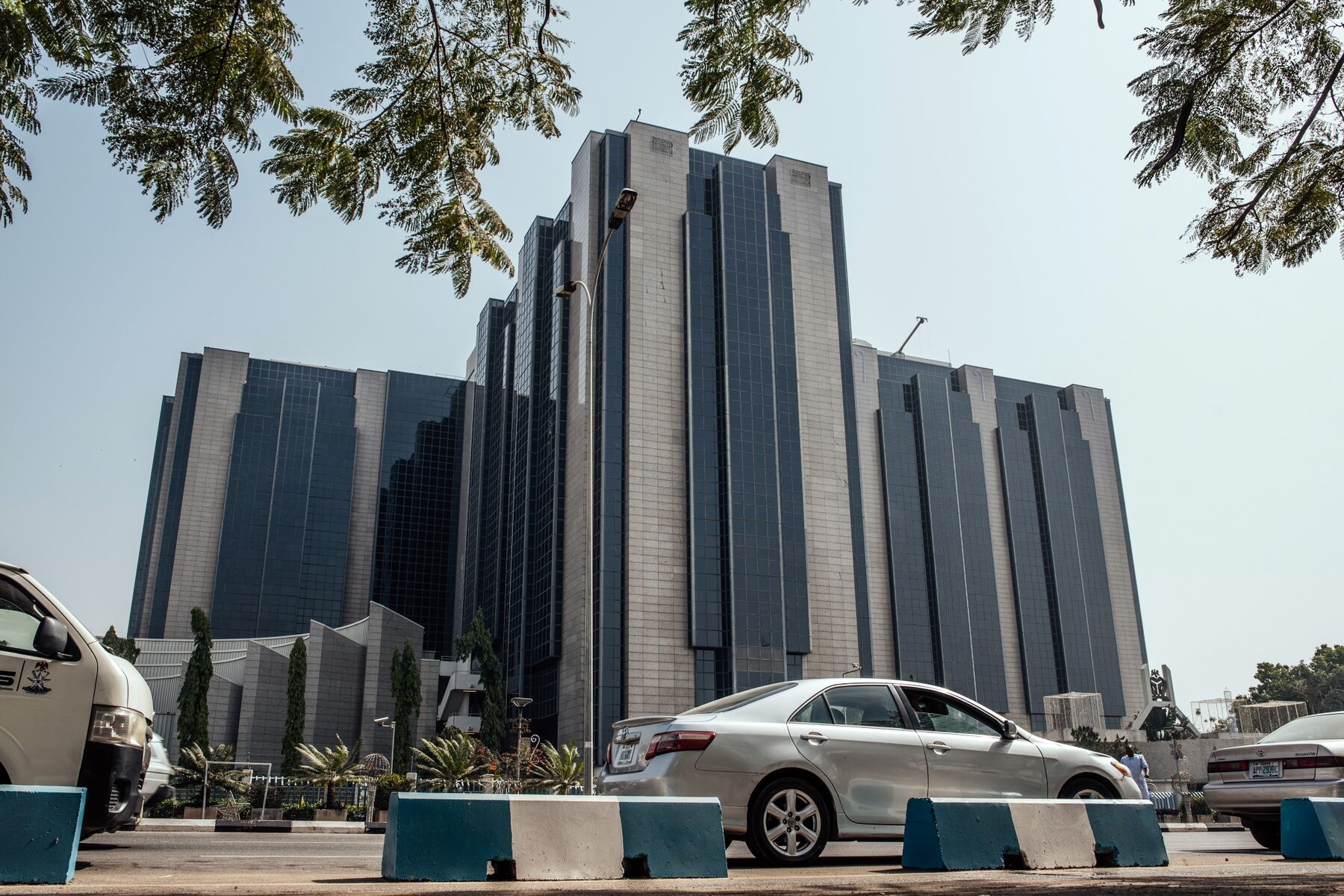- States Generated N3.5tn IGR in 66 Months
A total sum of N3.5tn was earned as Internally Generated Revenue by the 36 states of the federation within a 66-month period from January 2011 to June of 2016, figures obtained from the National Bureau of Statistics have revealed.
An analysis of the states’ IGR report made available showed that the IGR of the 36 states recorded a sharp increase between 2011 and 2013, after which it declined steadily up to 2016.
For instance, the sum of N499.08bn was earned by the states in 2011. The figure rose to N567.99bn and N800bn in 2012 and 2013, respectively.
However, in 2014 and 2015, the states’ combined revenue dropped by N92.15bn and N25.18bn to N707.85bn and N682.67bn, respectively.
For the first half of 2016, the report stated that the sum of N317.7bn was generated by 29 states as IGR, adding that seven states had yet to report their half-year IGR figures. The states are Abia, Anambra, Bauchi, Ebonyi, Oyo, Rivers and Sokoto.
The NBS stated in the report that the IGRs were generated from five main sources.
They are Pay-As-You-Earn; direct assessment; road taxes; Ministries, Departments and Agencies of government; and other revenues.
The IGRs made by the states excluded the monthly allocations, which they received from the Federation Accounts Allocation Committee.
Further analysis of the revenue showed that Lagos State, with a total of N1.35tn generated in the 66-month period, led the IGR collection chart.
The N1.35tn, when further broken down, showed that the state earned N202.76bn in 2011; N219.20bn in 2012; while the sums of N384.25bn, N276.16bn and N268.2bn were generated as IGR in 2013, 2014 and 2015, respectively.
For the first half of last year, Lagos State raked in N150.59bn as IGR.
Rivers State followed on the revenue chart with a total collection of N377.54bn within the period.
The amount was earned as follows: N52.71bn in 2011; N66.27bn in 2012; N87.91bn in 2013; N89.12bn in 2014; and N82.1bn in 2015.
The state has yet to submit its IGR figure for 2016 to the NBS.
Ogun State, according to the bureau, came third by generating a total sum of N145.1bn in the period. It was able to grow its IGR from N10.8bn in 2011 to N56.2bn by 2016
On the other hand, the report stated that Nasarawa, Ekiti and Borno states, with sums of N22.72bn, N17.61bn and N15.49bn, generated the lowest revenue within the period.
Further analysis of the report revealed that Benue State’s IGR decreased from N11.13bn in 2011 to N7.63bn in 2015, while the revenue for the first six months of 2016 was put at N8.89bn.
The IGR for Kogi State increased from N2.84bn in 2011 to N7.78bn in the first half of 2016, while that of Kwara State increased from N8.82bn in 2011 to N16.46bn in the first six months of last year.
The IGR for Bauchi State, according to the report, rose from N4.46bn in 2011 to N5.39bn in 2016. The state has not supplied its 2016 half-year IGR report, according to the NBS.
Similarly, Kano State’s IGR increased from N6.62bn in 2011 to N34.46bn in 2016, while Gombe State’s rose from N3.15bn in 2011 to N3.57bn in 2016.
The IGR for Osun State increased from N5.02bn in 2012 to N8.96bn in 2016.

 Forex4 weeks ago
Forex4 weeks ago
 Naira3 weeks ago
Naira3 weeks ago
 Billionaire Watch3 weeks ago
Billionaire Watch3 weeks ago



 Naira3 weeks ago
Naira3 weeks ago






 Naira3 weeks ago
Naira3 weeks ago


 Naira2 weeks ago
Naira2 weeks ago






 Naira2 weeks ago
Naira2 weeks ago
 Commodities4 weeks ago
Commodities4 weeks ago























